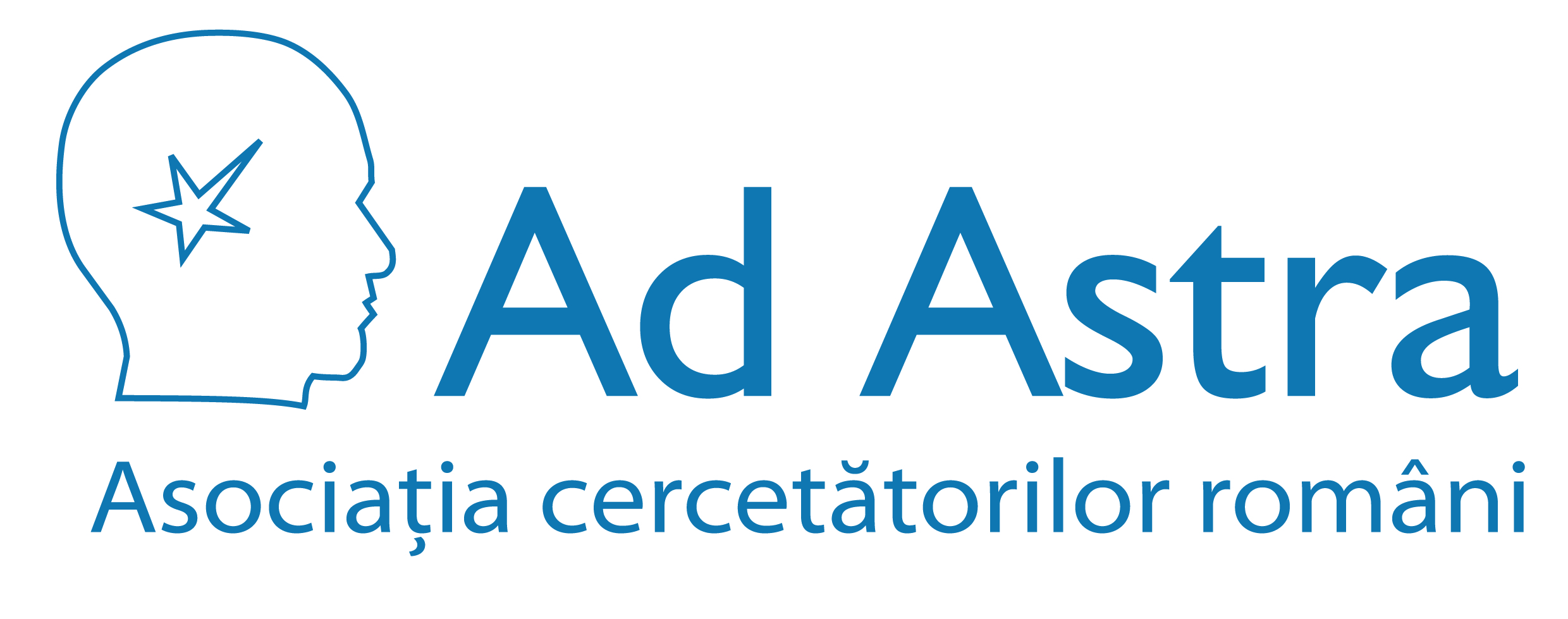Scopul nostru este sprijinirea şi promovarea cercetării ştiinţifice şi facilitarea comunicării între cercetătorii români din întreaga lume.
Staff Login
Diversity of arthropod communities as an indicator of changes produced by the utilization of silvicultural techniques
Domenii publicaţii > Biologie + Tipuri publicaţii > Articol în revistã ştiinţificã
Autori: Scaunasu DA, Petrisor AI, Ivanov FM
Editorial: Ekologia, 31(1), p.22-32, 2012.
Rezumat:
The dynamics of forest arthropod communities can be completely understood only when based on their trophic connections. Given their importance in detritic food chains with their influence on the rate of decomposing organic matter and the dynamics of nutrients, terrestrial arthropods from litter and soil are useful in monitoring changes in environmental conditions in forest ecosystems. Due to their flexible diet they cannot be appropriately assigned to specific trophic modules. Their diversity frequently changes across probes mainly due to variation in micro-climatic parameters. The aim of this present study is to determine the influence of environmental changes on the diversity of epigeal fauna due to silvicultural practices. Imaginal stages of litter invertebrates were collected from two different stands in the same forest located near Bucharest. The vegetation in the first site consisted mainly of oak, which resulted from selective cuts followed by artificial regeneration, and the second one consisted of oak and other tree and shrub species. Samples were collected for one week each month from May to August and most invertebrates were classified at the family level. Sites were compared using Shannon’s informational entropy and the chi-square test of goodness of fit of two empirical distributions. Results indicated greater diversity in the second site during May and June, and greater diversity in the first one during July and August, and the monthly differences were found to be significant only in May and July. Overall, the second site exhibits significantly greater diversity. Our findings suggest that the diversity of epigeal communities is greater in forests with more tree species, and therefore this sustains the hypothesis according to which these communities can indicate structural changes.
Cuvinte cheie: arthropods, epigeal communities, imaginal stages, diversity

